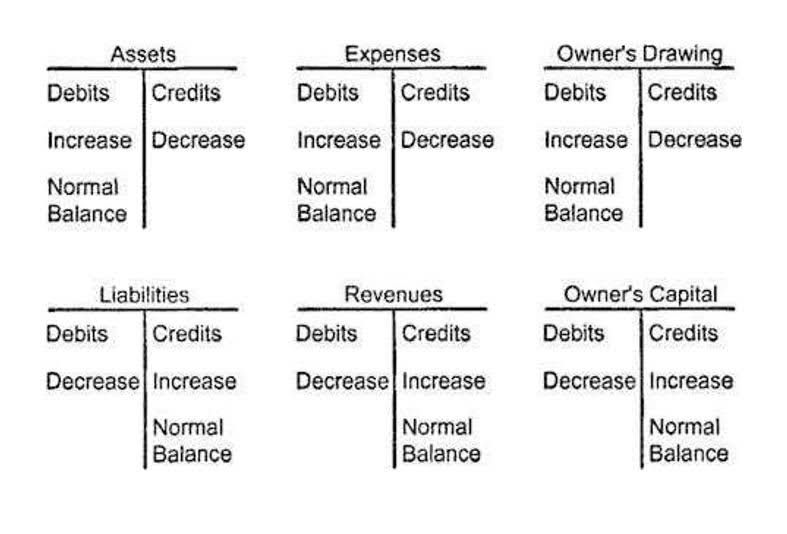
Put another way, it is the amount that would remain if the company liquidated all of its assets and paid off all of its debts. The remainder is the shareholders’ equity, which would be returned to them. In other words, the total amount of all assets will always equal the sum of liabilities and shareholders’ equity.
Single-entry vs. double-entry bookkeeping system

Think of retained earnings as savings, since it represents the total profits that have been saved and put aside (or “retained”) for future use. If you want to know more about accounting errors and how to spot them, we recommend reading Common Accounting Errors – A Practical Guide With Examples. Acquaint yourself with a new-age system that takes the basic accounting equation may be expressed as care of Accounting, finance, inventory, and much more, all under one single roof. From setting up your organization to inviting your colleagues and accountant, you can achieve all this with Deskera Books. You can witness the easy implementation of the tool and try it out to get a renewed experience while handling your accounting system.
Example Transaction #9: Receipt of Cash on Account
This equation serves to provide an essential form of built-in error checking mechanism for accountants while preparing the financial statements. Metro Courier, Inc., was organized as a corporation on January 1, the company issued shares (10,000 shares at $3 each) of common stock for $30,000 cash to Ron Chaney, his wife, and their son. Share repurchases are called treasury stock if the shares are not retired. Treasury stock transactions and cancellations are recorded in retained earnings and paid-in-capital. On 12 January, Sam Enterprises pays $10,000 cash to its accounts payable. This transaction would reduce an asset (cash) and a liability (accounts payable).
- Now, suppose the owner also borrows $5,000 from the bank, which is then deposited into their account.
- As a core concept in modern accounting, this provides the basis for keeping a company’s books balanced across a given accounting cycle.
- The global adherence to the double-entry accounting system makes the account-keeping and -tallying processes more standardized and foolproof.
- Refer to the chart of accounts illustrated in the previous section.
- The CFS shows money going into (cash inflow) and out of (cash outflow) a business; it is furthermore separated into operating, investing, and financing activities.
- Owners can increase their ownership share by contributing money to the company or decrease equity by withdrawing company funds.
Part 2: Your Current Nest Egg
Ask a question about your financial situation providing as much detail as possible. Your information is kept secure and not shared unless you specify. Our mission is to empower readers with the most factual and reliable financial information possible to help them make informed decisions for their individual needs.

As we previously mentioned, the accounting equation is the same for all businesses. It’s extremely important for businesses in that it provides the basis for calculating various financial ratios, as well as for creating financial statements. We calculate the expanded accounting equation using 2021 financial statements for this example. Balance Sheets shown above and the Income Statement and detailed Statement of Stockholder’s Equity in this section. An owner registers their new company with the state department of business licensing. They take their business license down to the bank and transfer $20,000 of their own money into a new business account.
Total debits always equal to total credits -Total Debits = Total Credits
The major and often largest value assets of most companies are that company’s machinery, buildings, and property. Assets include cash and cash equivalents or liquid assets, which may include Treasury bills and certificates of deposit (CDs). With Deskera you can automate other parts of the accounting cycle as well, such as managing inventory, sending invoices, handling payroll, and so much more.
- For example, if the total liabilities of a business are $50K and the owner’s equity is $30K, then the total assets must equal $80K ($50K + $30K).
- It is sometimes called net assets, because it is equivalent to assets minus liabilities for a particular business.
- After almost a decade of experience in public accounting, he created MyAccountingCourse.com to help people learn accounting & finance, pass the CPA exam, and start their career.
- It specifically highlights the amount of ownership that the business owner(s) has.
Owner’s Equity

Debits are cash flowing into the business, while credits are cash flowing out. Assets represent the ability your business has to provide goods and services. Or in other words, it includes all things of value that are used to perform activities such as production and sales. The working https://www.bookstime.com/ capital formula is Current Assets – Current Liabilities. A financial professional will offer guidance based on the information provided and offer a no-obligation call to better understand your situation. 11 Financial is a registered investment adviser located in Lufkin, Texas.